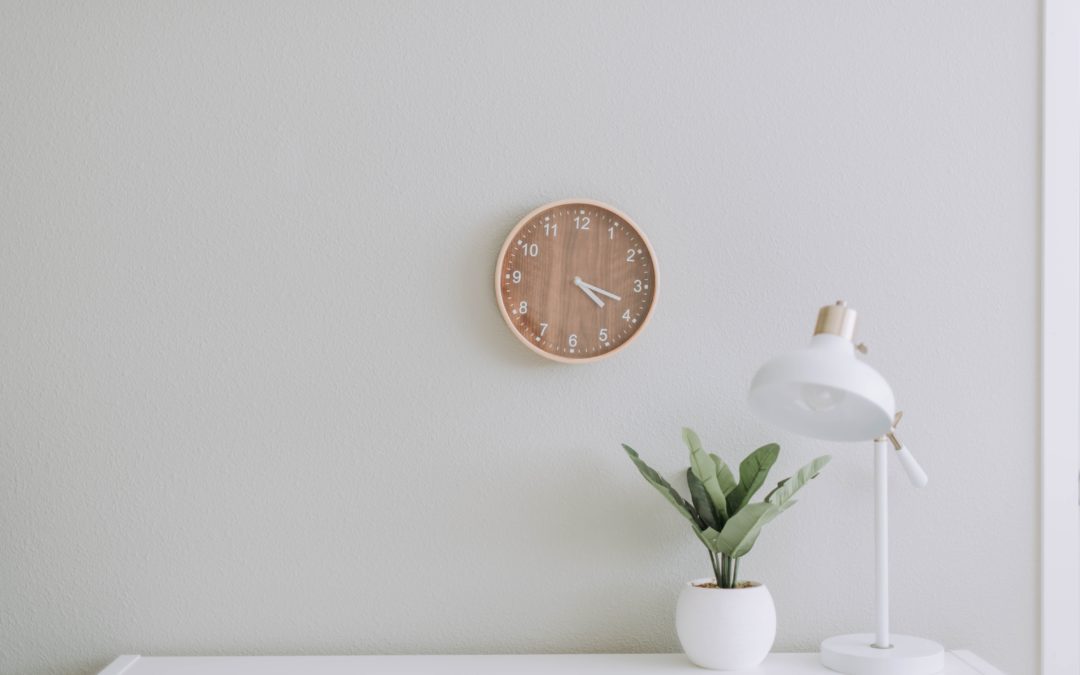Author: Tori Bryl
With bipolar disorder, every depressive episode varies in length and intensity, with a fleeting epiphany that holds the key to breaking free. This past summer, I was in a four-month depressive episode— the longest I’ve ever experienced. I knew that to get out of that state, I needed to switch to a different part of myself. Despite my hopelessness and despair, I knew I needed to act quickly to save myself and to do so, feelings couldn’t factor into my choices. Once I decided that taking my life wasn’t an option, I took the first step off rock bottom.
My doctor and I agreed my mood stabilizer was too low to be effective and planned to increase it over the next two months. While I waited for improvement, I knew I needed to return to the basics. I soon became a scientist hosting experiments and distanced myself from being the patient and victim. James Clear’s book, Atomic Habits, played the most significant role in helping build healthy habits in a manageable way. Every day I tried to improve by 1% and not skip a habit two days in a row. As a result, these are the habits that helped me the most:
I journaled every morning and evening…
filling about five pages daily. The frequent journaling kept me present and aware of how I felt, my choices, and their effects. Although they were meant to be confessionals, they read like notes from a science experiment. In a month, I filled half a notebook documenting trials and errors of healthy habit building and the elimination of stressors and triggers.
I practiced yoga twice a day…
around lunchtime and before bed. Daytime, I watched a yoga challenge series on YouTube (Yoga with Adrienne) that removed decision paralysis by having the next yoga video already chosen for me and created motivation to show up every day. In the evenings I practiced creativity be making up my own yoga sequence based off what I learned that day.
I limited media consumption…
by staying entirely off social media (even YouTube), listening to music sparingly (and never with headphones), and watching and playing films and narrative-driven video games I already loved.
I followed a structured evening routine…
that started at 10 pm and helped me wind down and not carry any narratives or negativity to bed. After turning off all digital devices, I prepared for the following day by setting up my coffee station and finished chores like dishes or folding laundry. Afterward, I shifted to mindful and holistic practices, which included journaling for thirty minutes, completing nightly hygiene, and a yoga sequence. If I had trouble drifting off to sleep, I listened to rain ambiance to help quiet my mind and fill the silence.
Now that I’m at the correct dosage to mitigate my symptoms, I don’t need to dedicate myself to all these practices. While the structure was necessary to regain my life and purpose, I can now lean into the positives of the disorder and create a lifestyle that accommodates both my bipolar disorder and ADHD.
Tori Bryl is a writer and singer/songwriter from the east coast of Florida. Her passion for psychology and mental illness advocacy was heightened after receiving her correct Bipolar II Disorder diagnosis in April 2022 and she strives to use her story and studies to educate and empower.


